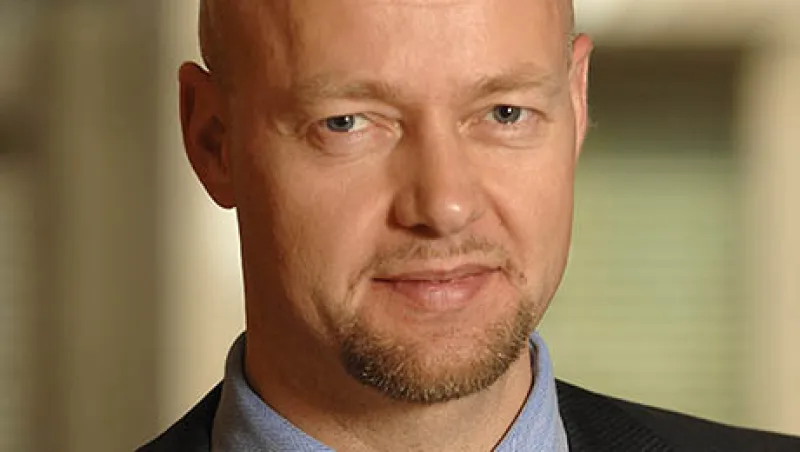A number of sovereign wealth funds (SWFs) dependent on oil have been facing up to the twin threats of declining traditional asset values and flatlining oil prices, leading many of them to realize that the time to consider alternative investments might be here.
While oil was at its peak in 2009 at $140 per barrel, the flow of funds into oil-based SWFs grew significantly. During the past few years, however, this flow has been halted, as oil prices hover around $100 a barrel, proving irksome to SWFs of countries, states and provinces reliant on the commodity. The bigger concern, however, is not just that oil will run out one day but also that traditional assets will turn out to be — as they are today— insufficient to meet return targets.
“Returns on bonds are low and not enough to meet the objectives of many sovereign wealth funds,” says Stephen Jen, co-founder and partner at SLJ Macro Partners, a cross-currency fund based in London. “Official currency reserves continue to rise, so there is more pressure on funds to deploy more capital into riskier assets. However, the exposure to riskier assets has increased over time. You hear of big deals across infrastructure, resources, timber, water [and] commercial real estate.”
In light of this, SWFs have been slowly looking to revamp and diversify their investment portfolios. Among them is the biggest wealth fund of all, Norway’s Government Pension Fund Global (GPF), with $829 billion in assets under management. The fund, commonly known in Norway as Oljefondet, or “the Oil Fund,” created ripples when it announced last year that it would diversify out of traditional asset classes and gradually increase its allocation to real estate, from 0.9 percent to as much as 5 percent of the fund. Within traditional asset classes, the fund allocated a record 63 percent to equities in 2013, a move that, according to chief executive Yngve Slyngstad, was driven by a lack of enthusiasm for bonds.
Beyond its bond and equity holdings, the fund has made a few direct investments. One of its higher-profile purchases took place in May 2012, when the fund acquired a $1.6 billion stake in motor racing’s Formula 1, partnering with asset managers New York–based BlackRock and Overland Park, Kansas–based Waddell & Reed. About 50 percent of GPF’s assets are within Europe, which has kept the fund from achieving the best returns possible, says Sony Kapoor, managing director of Brussels think tank Re-Define.
“The GPF’s decision to only invest in liquid stock and bond markets is the biggest flaw in its approach. Investing in growth private equity where markets are underdeveloped and in illiquid infrastructure is exactly what other long-term investors, such as Singapore’s wealth funds, do very profitably,” says Kapoor. “The current GPF strategy is anything but robust. It guarantees poor returns while taking unacceptable climate-related risks and tying Norway’s future to that of troubled, overindebted and aging OECD economies.”
In October 2013 Norway’s new, right-wing coalition government stated that it would be looking to divide the SWF into three parts, as well as turning to “sustainable companies and projects in developing countries and emerging markets.” It would also consider investing in renewable energy and foreign private equity and infrastructure. How long this move will take is anyone’s guess; however, it does suggest that GPF is open to taking on more risk.
In contrast to Norway, Middle East funds, particularly those of the oil-rich Gulf Cooperation Council bloc, have been fairly progressive in their approach to alternatives. In May 2013 Atlanta-headquartered asset manager Invesco released a study of global SWFs showing that funds based in the Middle East had 9 percent of their wealth invested in alternative assets: specifically, private equity, real estate, hedge funds, infrastructure and commodities. Although that proportion is significantly less than the 21 percent allocated to alternatives by Western SWFs (which Invesco defines as being in Europe, Australia, New Zealand and North America), what is notable is the Middle East oil economies’ rapid growth in alternatives, including hedge funds, private equity and, perhaps most visibly, domestic and international real estate.
In January it was reported that the Abu Dhabi Investment Authority (ADIA), the emirate’s largest and, with $775 billion in assets, the world’s second-largest SWF, is investing in the $1.3 billion purchase of Manhattan’s Time Warner Center. The deal is led by New York–headquartered real estate firm Related Companies. The ADIA’s stake has not been disclosed, but Singapore sovereign wealth fund GIC in November pledged $400 million to the deal. The ADIA has other high-profile investments in New York, including an $800 million acquisition of 90 percent of the Chrysler Building in July 2008.
“Middle East funds have historically had high exposure to Europe, and while this remains the dominant destination for nondomestic investment flows, we have seen more diversification into North America and Asia-Pacific countries recently,” says James White, director at KPMG in London. “Investment in domestic economies has also increased due to a variety of factors such as infrastructure development needs, industrial diversification policies and in response to domestic political pressure.”
There have been challenges in getting out of traditional assets. Whereas the theory of alternative investments looks sound, getting access to direct-investment opportunities is not easy. According to Institutional Investor’s Sovereign Wealth Center, in the third quarter of 2013, global SWFs completed 21 direct deals with a total value of $2.5 billion, one third of the volume during the same period in 2012. The decline suggests SWFs continue to struggle to find major direct-investment opportunities.
But if oil futures continue to slide, SWFs should either regain their direct-investment footing or look for other investments quickly. According to Patrick Schena, the co-head of SovereigNet at Tufts University in Medford, Massachusetts, oil-backed SWFs are likely to have to rethink their investment strategies as consumers and investors shift from fossil fuels toward renewables.
“Because long-term growth [of SWFs] is linked to depleting real assets, they have sought first to transform their energy wealth into deployable financial assets and then to diversify their economies to support long-term, multisector sustainability,” says Schena. “This needs to continue into the future.”






